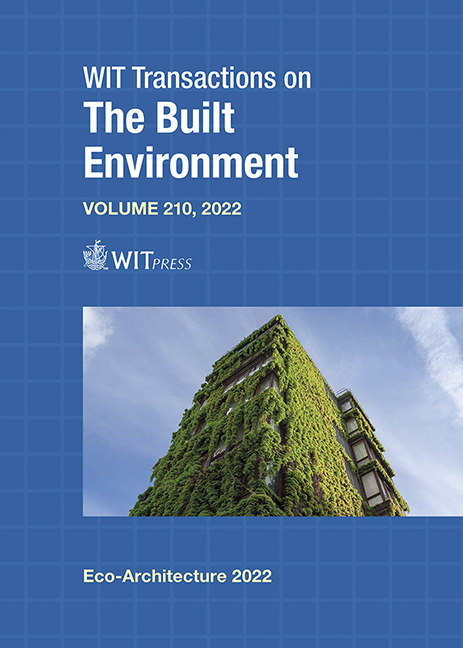ARE FLOATING CITIES THE URBAN FUTURE?
Price
Free (open access)
Transaction
Volume
210
Pages
10
Page Range
215 - 224
Published
2022
Paper DOI
10.2495/ARC220181
Copyright
Author(s)
SAMRITHA YOGESH
Abstract
The vision of marine settlements evolved in the 19th century from the concept of living aboard a sailboat which is now known as sea steading. From thereon, the architecture community gave us a glimpse of innovative design experiments with strong statements which depict the agenda of revitalising the chaotic urban world. One of the most important and significantly urgent challenges for contemporary urbanisation is to develop their extent of sight beyond the political and social insights of the city to address changing morphological terrains of urbanization. The transformation of the world that the 19th century created is the framework for the global systems which are continued even today. The futuristic vision of the utopian architects in the 1950s gave a path to believe that urban settlements could be built in extreme geographical conditions like the polar regions, the deserts and on the sea. The floating cities are still not a reality, but the longstanding vision is gradually making its way to become the urban future in the hope to sort the contemporary urban issues starting from the scarcity of land at global level due to over population to the drastic climate change due to the exploitation of nature by humans. Floating cities clearly intend to become a crucial architectural element in the future urbanization. The theory behind the concept of future urbanization is intended to help explore the unexplored morphological terrains for urban restructuring around the world. In this paper floating cities will be analysed to understand as to how “self-sufficient floating cities” could combat contemporary urban issues and also influence future urbanisation.
Keywords
floating cites, urban future, urban environment, amphibious architecture





